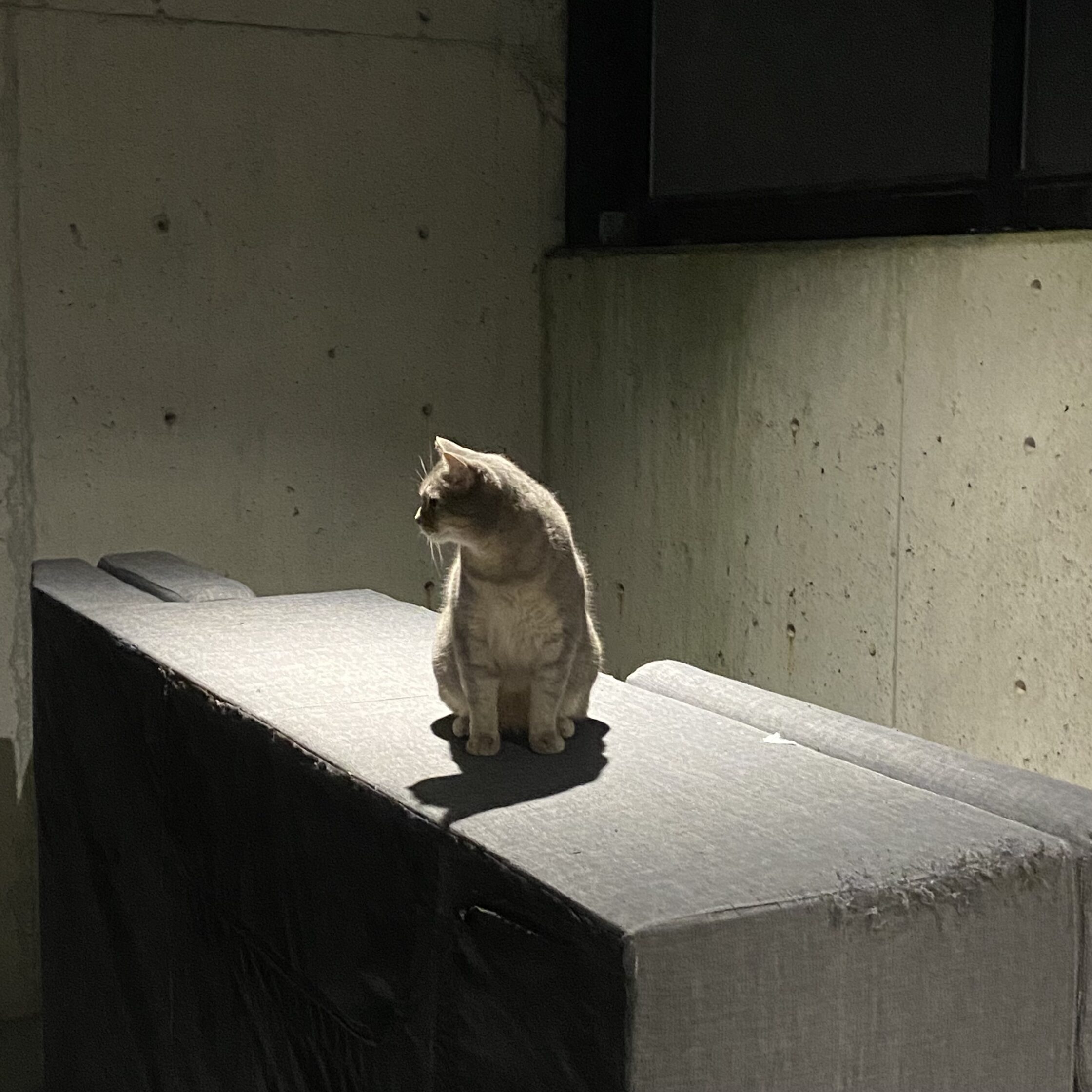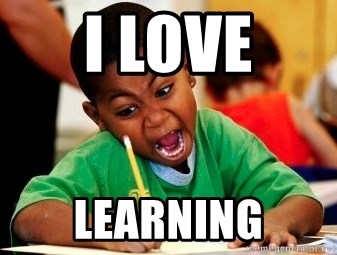After reading the last week’s article, “Opened Pedagogy,” which gave a basic introduction to OERs, this week’s article focuses on expanding how OERs can be used. The article demonstrates how to use OERs revolves around 5Rs: Retain, Reuse, Revise, Remix and Redistribute; these 5Rs not only summarize open pedagogy, but I think they also present an alternative way of thinking about education to transitional education.
In the past, open learning means strong autonomy, an alternative way to continue further study to me. The article shows that open pedagogy is not as simple as I thought. Because it is open learning, it is more demanding for teachers to design lessons. Open learning may be less interactive because students cannot directly face the teacher. Poor interaction combined with a boring course design may not be an effective way of education. Therefore, interactive education proposes the idea of “learning by making.” This idea is to turn to learn into open-ended assignments, where there are no right answers, but more emphasis is placed on the process of finding them. This means that we may be learning less than in a traditional course; however, I think this way of learning will allow students to think more differently and learn a point more thoroughly.
After reading this article, I realized that open learning is much more complicated than I thought. However, what touched me is that this kind of education also gives more people more knowledge. As we learned in this course, by posting our thoughts after reading the articles screened by the teacher each week, we also need to comment on the group members’ thoughts. This not only allows students to see other people’s perspectives on an article but also allows them to build critical thinking gradually. I think OERs are a great way to learn.
Reference:
Wiley, D. & Hilton, J. (2018). Defining OER-enabled Pedagogy. International Review of Research in Open and Distance Learning, 19(4).



1 Comment
Hi Julie,
I think it’s a good point that you brought up the drawbacks of open learning. Open learning does have a different effect on students who are not very autonomous. But it cannot be denied that its appearance has allowed more people to gain more knowledge. This kind of education is gradually popularized and applied. I believe that the combination of traditional education and open education will become the mainstream teaching mode in the future.